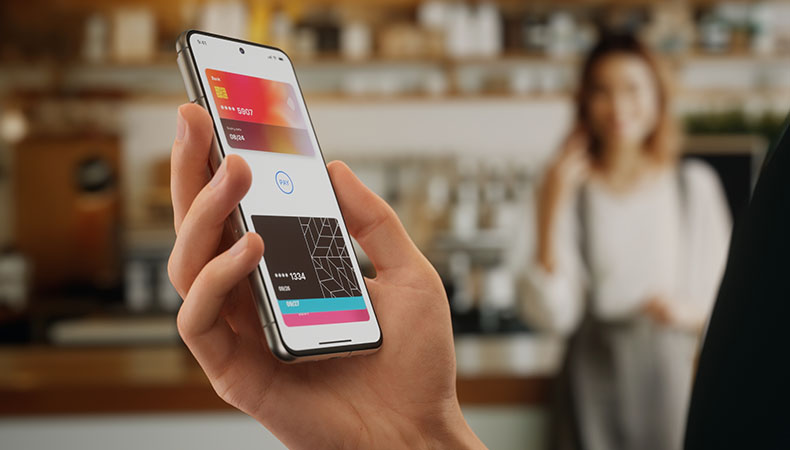Shifts in user experience affect technology strategy and engagement – find out how
With an ageing workforce, companies are having to think harder and work smarter at giving all their employees access to benefits.
Meeting this new challenge head on takes creative thinking and a clever use of technology that in many cases is now mobile-first.
By putting reward and benefits into employees’ hands via a smartphone, it is also increasingly easy to engage with them in a personalised way through tailored and relevant communications.
It also helps to drive engagement through gamification and other incentives that may even provide some fun along the way.
Building a strategy around data
To be properly valued, benefits need to align with individual personal choices, which will be partly driven by their age, life stage and even gender or ethnicity.
By giving workers access to cash plans, wellbeing services, money-saving products, financial advice, mental health resources and so on, we can enable the kind of hyper-personalisation we want and play to the strengths of the tech.
To formulate a strategy that harnesses this technology, and gives a company the kind of ‘machine’ it wants, employers first need to think about the kinds of the data that will power the ‘engine’:
- Who works for us?
- How do they work?
- Where do they work?
- What do they need?
- How long have they been with us?
- How do we deliver value to them?
- How do we optimise engagement with them?
Some HR departments will have some of this data readily to hand but invariably these questions will take a little time to answer.
Holding these answers is transformational. It allows employers not only to offer a suite of relevant benefits, but also to enable the kind of flexibility in choice, access and communication that makes employees feel listened-to, valued and engaged-with.
Life stages and experience
There is, however, a danger in only looking at the data in terms of numbers on a screen.
Companies who do this may fall into the trap of offering a suite of products that match an employee ‘profile’ but not their actual day-to-day needs away from work.
Going a step beyond the numbers and considering the real-life experience and needs of workers (and their families) means thinking more holistically about diversity and inclusion.
For example, the age range where most people are thrust into a caring role (45-64) coincides with the point at which they become most valuable to their employer, so more innovation and careful thinking is needed here.
When employers are also mindful of those who have young children, work in a deskless environment or provide frequent care for elderly relatives for example, they can tailor better their healthcare packages or flexibility around working hours and location.
Digital platforms: anywhere, any time
This level of intelligence is already helping to determine the platforms and user interfaces employers provide to allow workers to quickly and easily access their benefits, for example through smartphone apps.
It is also crucial in enabling employers to spell out the nature and value of those benefits through dashboards, total reward statements and regular targeted comms.
It will also dictate how this two-way process and relationship can be further augmented using AI.
As employee expectations evolve and shift in line with their everyday consumer experience, the best talent will seek out employers whose benefits make them feel supported.
They will then gravitate towards environments that align with their own life choices, situations and goals.
To be at the front of the queue for the best talent, employers will need to evolve their strategies to match.
Supplied by REBA Associate Member, Personal Group
Personal Group provides the latest employee benefits and wellbeing products.








